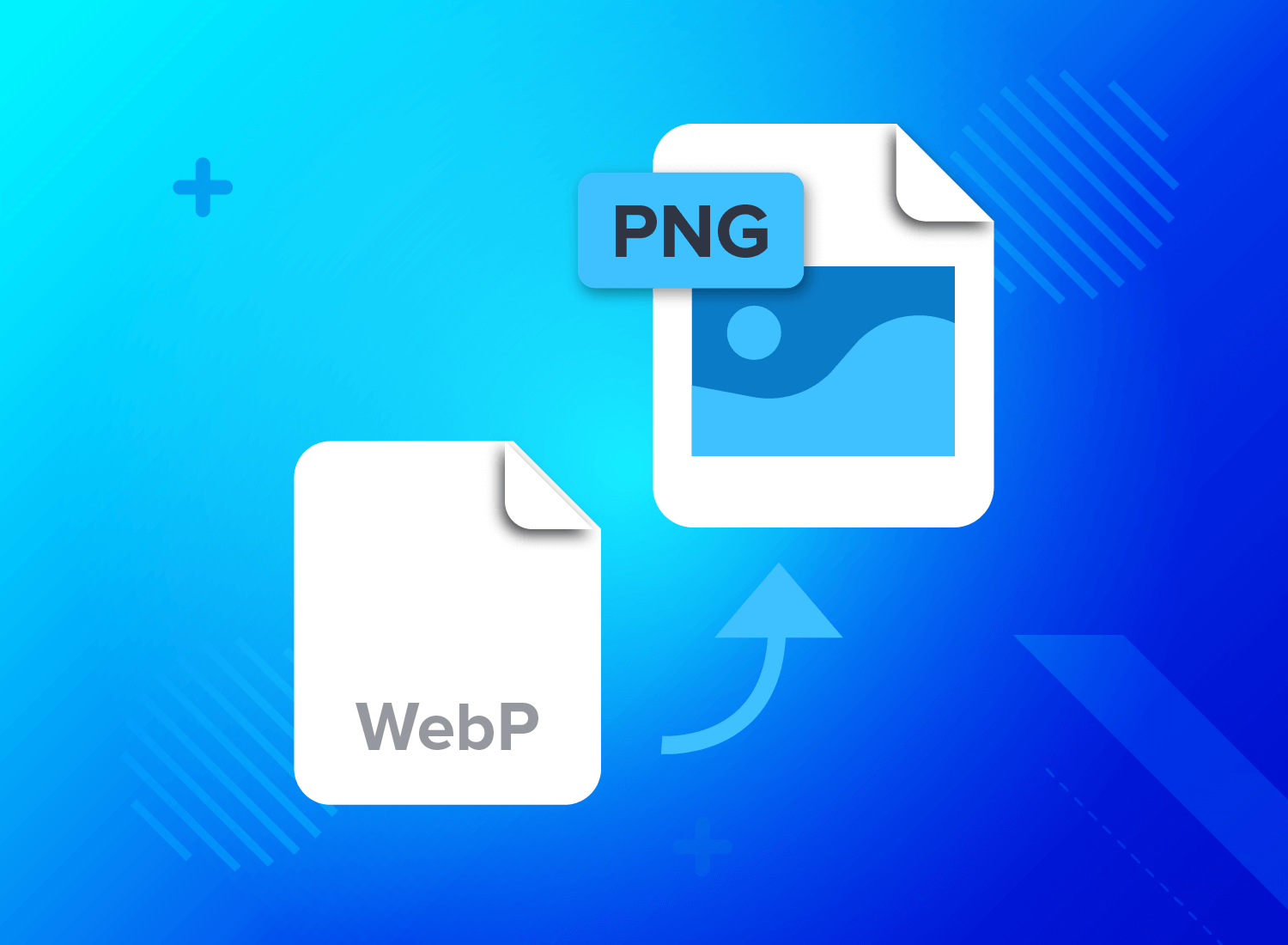 In today’s visually-driven world, the quality of images plays a crucial role in attracting attention and conveying messages effectively. Whether you’re a professional photographer, a social media influencer, or an e-commerce entrepreneur, having clean and polished images is essential.
In today’s visually-driven world, the quality of images plays a crucial role in attracting attention and conveying messages effectively. Whether you’re a professional photographer, a social media influencer, or an e-commerce entrepreneur, having clean and polished images is essential.
However, sometimes unwanted objects or elements can detract from the overall appeal of your photos. In this comprehensive guide, we’ll explore how you can effortlessly remove object from photo using advanced techniques, and we’ll also delve into the process of converting images from the WebP format to PNG for optimal compatibility and quality.
Understanding Object Removal from Photos:
 In the realm of photography and image editing, the need to remove unwanted objects from photos arises frequently. These objects can range from minor distractions like power lines or blemishes to more significant elements that detract from the overall composition of the image.
In the realm of photography and image editing, the need to remove unwanted objects from photos arises frequently. These objects can range from minor distractions like power lines or blemishes to more significant elements that detract from the overall composition of the image.
Understanding the process of object removal is essential for anyone looking to improve the quality and visual appeal of their photographs.
Importance of Object Removal:
The presence of unwanted objects in a photo can significantly impact its aesthetic appeal and overall message. Whether you’re a professional photographer striving for perfection or an amateur enthusiast looking to enhance your photos, the ability to seamlessly remove unwanted objects is invaluable. By eliminating distractions and enhancing the focus on the subject or main elements of the composition, object removal allows you to create images that are visually captivating and emotionally resonant.
Techniques and Tools:
Object removal techniques vary depending on the complexity of the task and the tools available. Traditional methods such as the Clone Stamp Tool and Healing Brush Tool offer manual control over the removal process, allowing users to carefully paint over unwanted objects using sampled pixels from nearby areas.
These tools are effective for smaller objects or areas with simple backgrounds but may require more time and precision for larger or more complex removals.
In recent years, advancements in technology have led to the development of automated object removal tools powered by artificial intelligence (AI). These tools leverage machine learning algorithms to analyze images and identify areas that can be seamlessly removed without compromising the overall quality of the photo. AI-powered object removal is particularly useful for large-scale edits or scenarios where manual intervention would be time-consuming or impractical.
Challenges and Considerations:
While object removal tools and techniques have evolved significantly, challenges may still arise when attempting to remove objects from photos. One common challenge is preserving the natural texture and detail of the surrounding areas after removal. Careful attention to blending and refining the edited areas is essential to ensure a seamless result that maintains the integrity of the original image.
Another consideration is the ethical implications of object removal, particularly in journalistic or documentary photography. In some cases, removing objects or altering the content of a photo may compromise its authenticity and credibility. It’s essential to exercise discretion and transparency when making edits to ensure that the integrity of the image is preserved.
The Process: Removing Objects from Photos:
 Now that we have a basic understanding of the techniques involved, let’s walk through the process of removing objects from photos step by step.
Now that we have a basic understanding of the techniques involved, let’s walk through the process of removing objects from photos step by step.
Step 1: Selecting the Right Tool:
Choose a photo editing tool or software that offers robust object removal capabilities. Look for options with a range of selection tools and editing features to suit your specific needs. Whether you prefer desktop software or online platforms, ensure the tool provides intuitive controls and reliable performance for efficient object removal.
Step 2: Identifying the Object to Remove:
Use the selection tools provided by your chosen software to accurately outline the object you want to remove from the photo.
Step 3: Applying the Removal Technique:
Depending on the complexity of the object and the tools available, apply the appropriate removal technique. For simple objects, the Clone Stamp Tool or Content-Aware Fill may suffice, while more complex removals may require AI-powered solutions.
Step 4: Fine-Tuning and Refinement:
After removing the object, carefully inspect the surrounding areas for any imperfections or inconsistencies. Use additional editing tools to blend the remaining elements seamlessly.
Converting WebP to PNG:
 In addition to object removal, you may encounter situations where you need to convert images from the webp to png for compatibility or quality reasons. WebP is a modern image format developed by Google, known for its smaller file sizes and support for transparency. However, PNG remains a widely used format, especially for web graphics and images that require lossless compression.
In addition to object removal, you may encounter situations where you need to convert images from the webp to png for compatibility or quality reasons. WebP is a modern image format developed by Google, known for its smaller file sizes and support for transparency. However, PNG remains a widely used format, especially for web graphics and images that require lossless compression.
Why Convert from WebP to PNG?
While WebP offers benefits such as smaller file sizes and superior compression, PNG remains a preferred choice for certain applications due to its widespread support and compatibility across various platforms and devices.
How to Convert WebP to PNG:
- Using Online Converters: There are several online tools and converters available that allow you to upload WebP images and convert them to PNG format effortlessly. Simply upload your WebP file, select PNG as the output format, and download the converted image.
- Using Image Editing Software: Many image editing software programs, including Adobe Photoshop and GIMP, support the conversion of WebP images to PNG. Simply open the WebP file in your preferred software and save it as a PNG file.
- Command-Line Conversion: For more advanced users, command-line tools like FFmpeg and ImageMagick offer efficient ways to convert WebP images to PNG directly from the terminal or command prompt.
Benefits of PNG:
PNG offers several advantages over WebP in certain scenarios:
- Lossless Compression: PNG uses lossless compression, ensuring that no image data is lost during compression, making it ideal for images that require high-quality preservation.
- Transparency Support: PNG supports alpha channel transparency, allowing for the creation of images with transparent backgrounds, which is essential for web graphics and design elements.
Conclusion:
In conclusion, mastering the art of object removal from photos and understanding the process of converting images from WebP to PNG can significantly enhance the quality and versatility of your image editing workflow. Whether you’re removing distractions from photos or optimizing image formats for web use, these techniques empower you to create stunning visuals that captivate your audience.
With the right tools and techniques at your disposal, you can elevate your images to new heights of professionalism and creativity. So why wait? Start enhancing your images today by removing unwanted objects and optimizing image formats for maximum impact!
Alex Jordan
Related posts
Stay connected
Today's pick
- Safety Essentials Every CNC Operator Should Follow DailyCNC machining demands precision, consistency, and discipline—but above all, it requires strict attention to safety. Whether you’re working with mills, lathes, routers, or grinders, every machine has the potential to cause serious injury if mishandled. That’s why CNC operators must follow safety protocols daily, no... The post Safety Essentials Every CNC Operator Should Follow Daily […]
